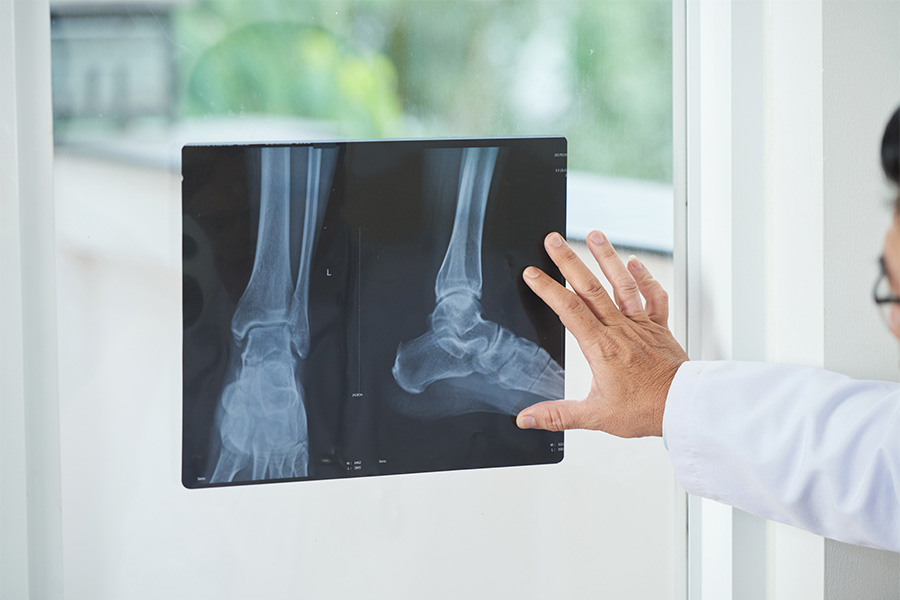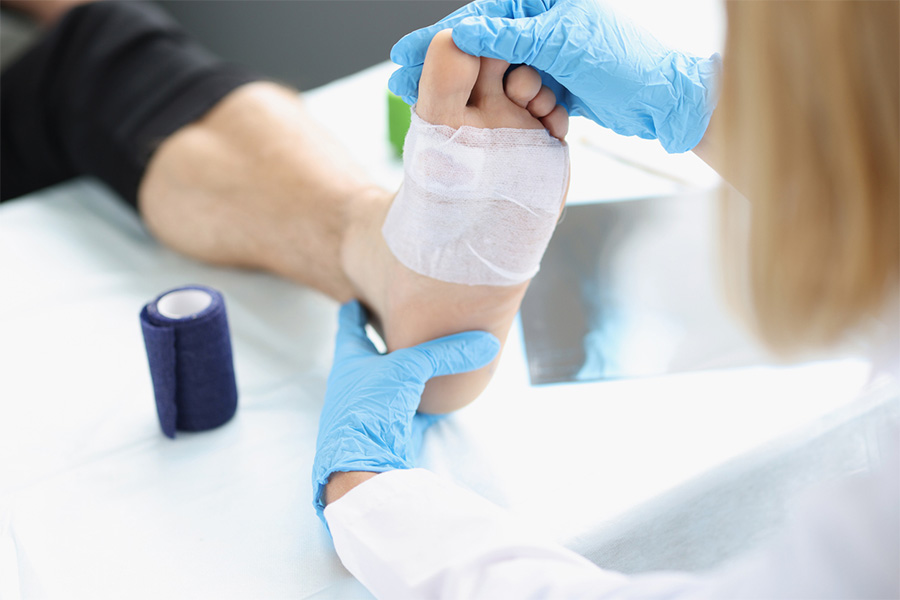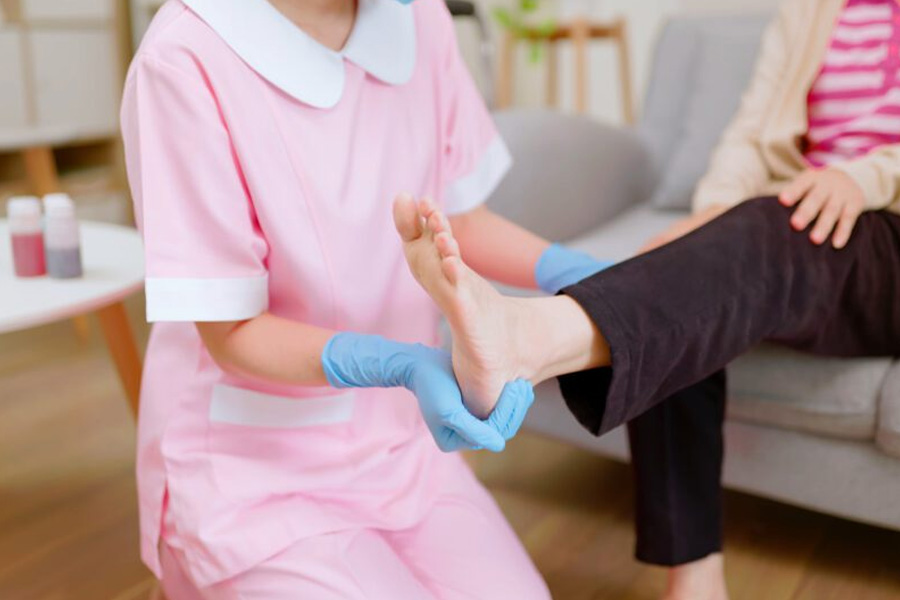If you can’t wait to throw on flip flops as soon as the summer sun comes out, you may want to think twice. Although flip flops work well for a trip to the beach or spa, they are a common cause of foot pain and can increase your risk of foot infections and injuries.
Flip flops offer a lack of support and protection to the foot and ankle, which can mean an increase in foot-related injuries, such as a twisted ankle, cuts or abrasions, and even balance issues. Also, because flip flops are usually completely flat, they provide little to no arch support, which can lead to sunken arches and foot pain caused by over extended tendons.
The average pair of flip flops has a thin rubber sole, which does not provide adequate shock absorbing qualities. This exposes the heels to an increased amount of impact when walking, especially when walking for long distances or on hard surfaces. As a result, flip flops can lead to issues such as shooting heel pain, plantar fasciitis, heel spurs, and foot deformities.
Plantar Fasciitis
Plantar Fasciitis is a painful foot condition that occurs when connective tissue at the bottom of the foot (called the plantar fascia) becomes irritated and inflamed. Repetitive stress and excessive tension of the tissue can cause inflammation. The condition commonly occurs among people who spend a lot of time on their feet, or who wear footwear with poor arch support. Wearing flip flops can also cause your feet and toes to work harder to keep the flip flops in place, which can increase the risk of this condition. Common symptoms of plantar fasciitis include heel pain that is often much worse in the morning or following rest, as well as after being on your feet for long periods of time. The pain can ease after walking or stretching, which helps relax the plantar fascia.
Heel Spurs
Heel spurs are primarily caused by plantar fasciitis. They are small calcium deposits that can cause a bony protrusion at the bottom of the heel bone, and can form when the plantar fascia slightly separates from the heel bone. This can cause calcium deposits to grow at the site of inflammation, eventually forming a hook-like spur. Some heel spurs cause no symptoms, while others can cause chronic pain, which may be felt as a sharp pain or a dull aching sensation.
Hammertoe
If your toes undergo excessive bending in order to hold your flip-flops in place, it can lead to hammertoe. Hammertoe is a deformity that causes a toe to permanently bend at one of its joints. It commonly affects the second or third toe. The deformity can worsen over time, which is why it’s important to seek early treatment to avoid more invasive treatment methods, such as surgery, later on.
Infections
Wearing flip-flops in a public space, such as the pool side, may be a better option than wearing no shoes at all, but your feet are still fully exposed, increasing your risk of contracting viral, bacterial, and fungal infections. If you have a cut, open wound, or a popped blister on your foot, you are particularly vulnerable to infection and should avoid wearing open footwear. Your feet are also more vulnerable to insect bites when exposed.
Injuries
Flip-flops, like other open toed footwear, can increase your risk of injuries, such as stubbed or broken toes, torn nail beds, blisters between the toes, and cuts and abrasions. Walking on uneven surfaces or running and jumping in footwear that does not support your feet can also increase your chances of an injury, such as a sprained ankle or heel pain from overuse of the ligaments and tendons in the lower legs and feet.
Foot Pain Specialists in Cincinnati
If you are suffering with foot pain, talk to the foot care specialists at Cincinnati Foot and Ankle Care. Our team of podiatrists use state-of-the-art technology to create a personalized treatment plan for all of your foot and ankle needs. If you would like to schedule a consultation, or find out more about the services we offer, call us today at one of our convenient locations. You can also use our online appointment request form.
Share

Surgeons can provide both surgical and nonsurgical care.




